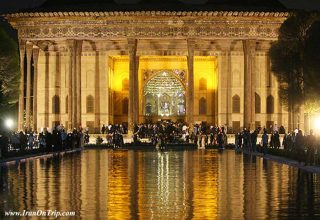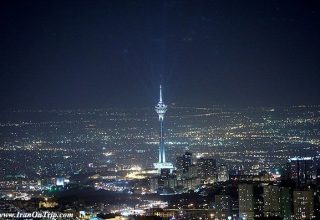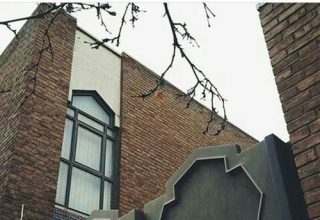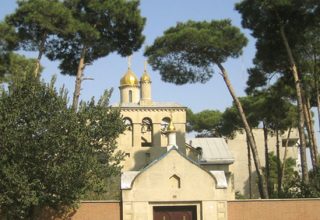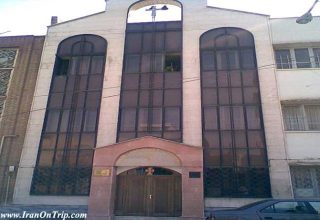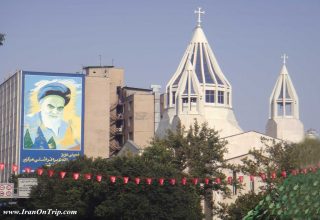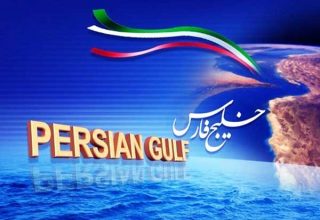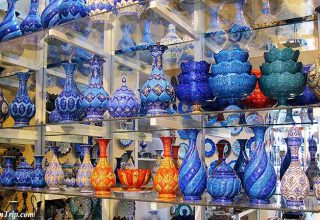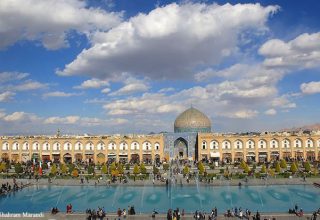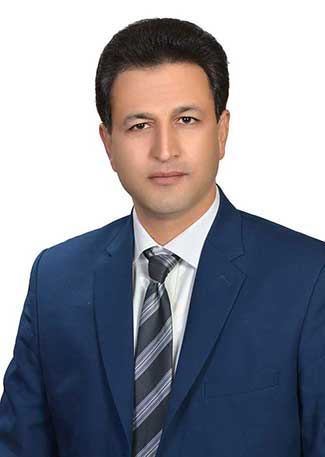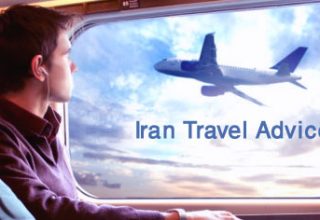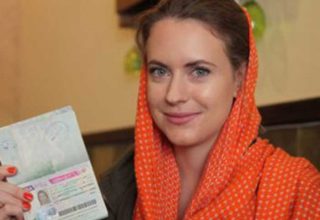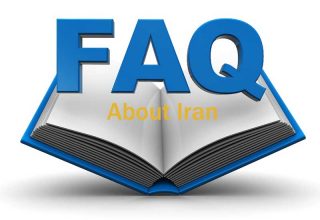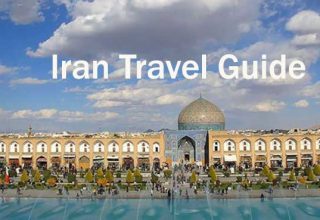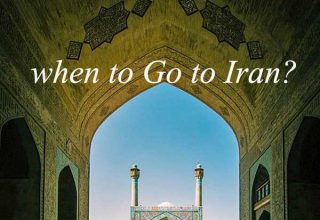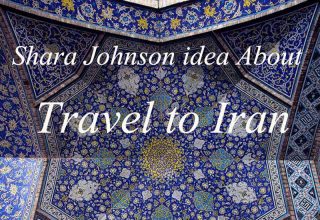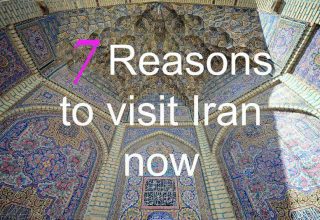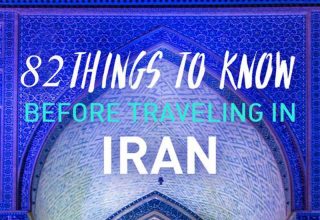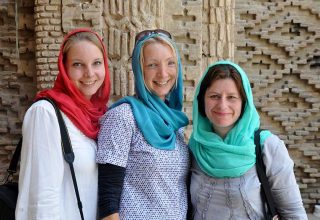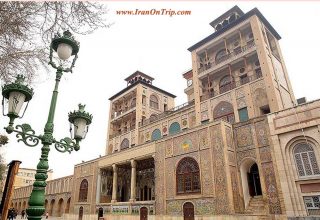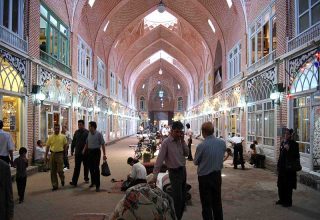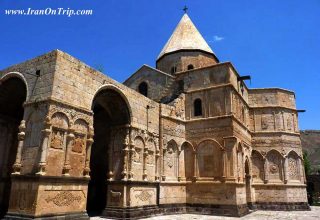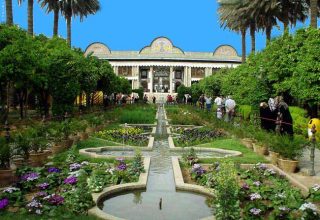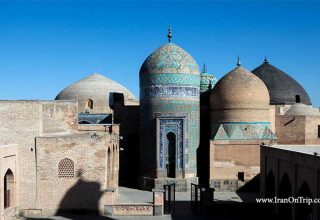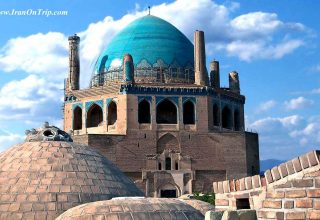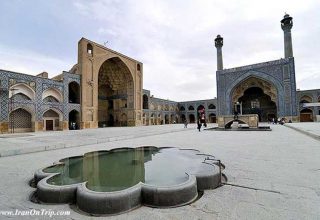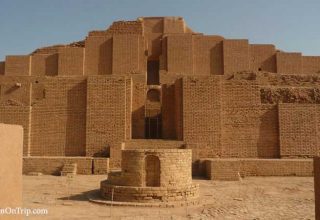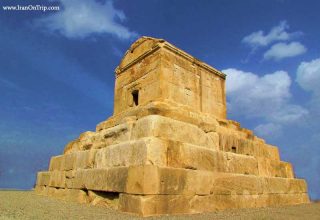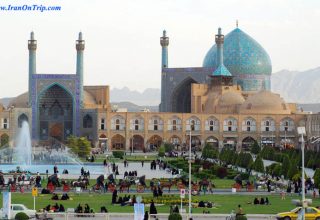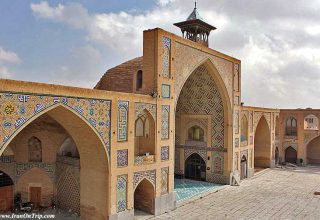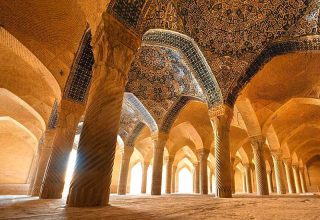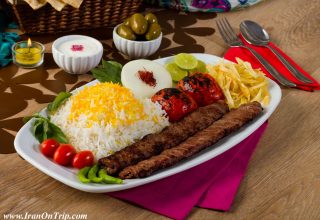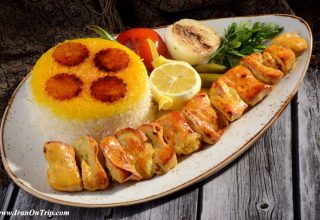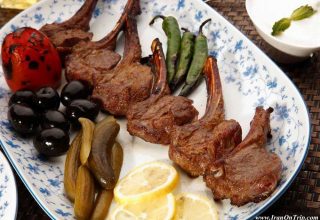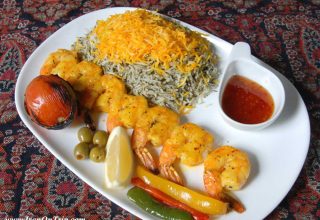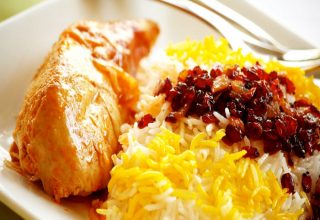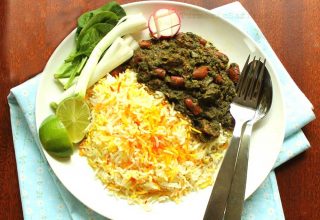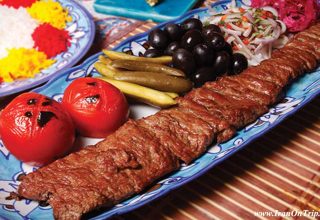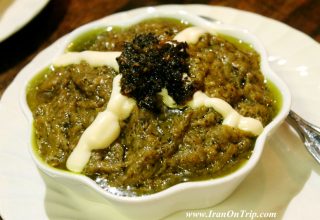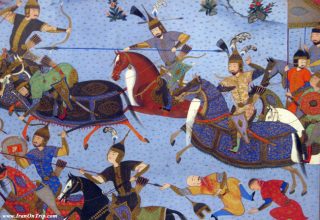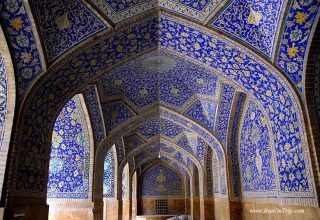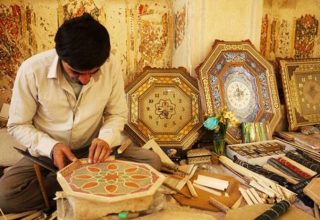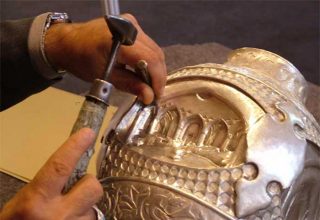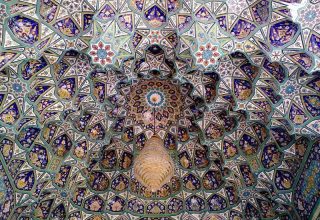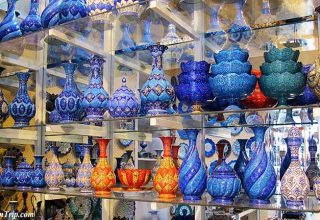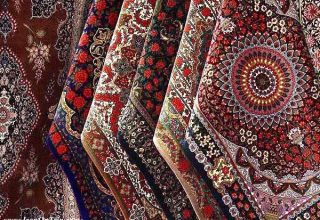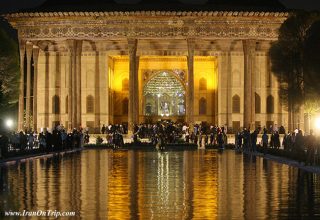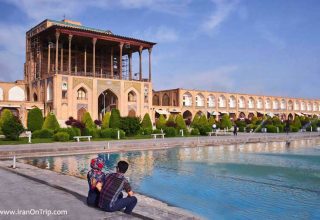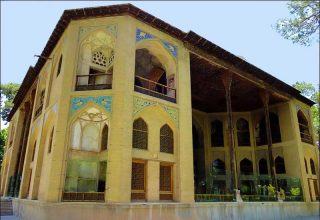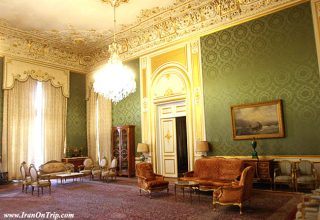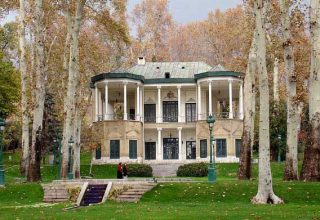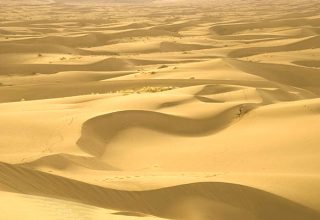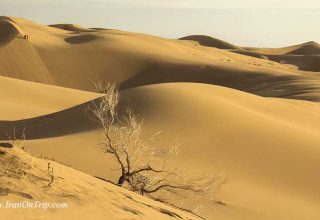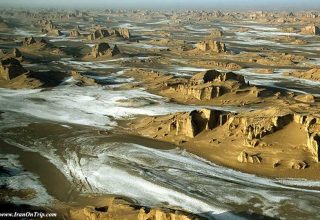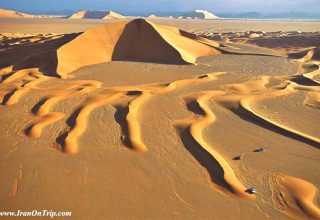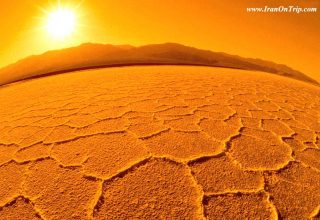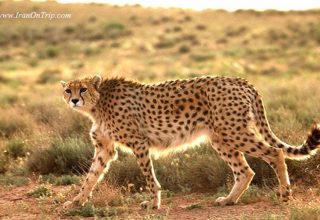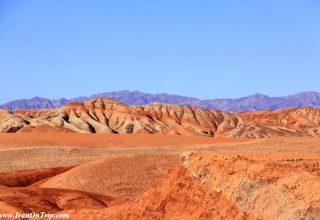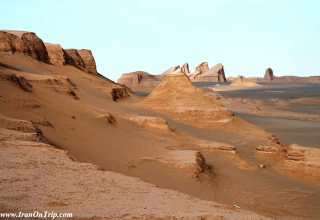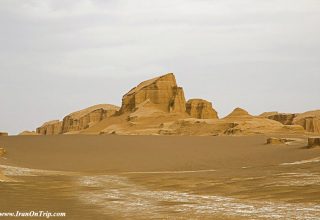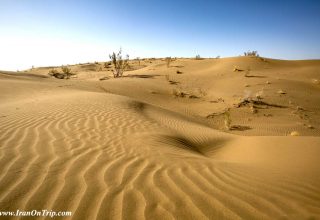

Tehran (Persian: تهران Tehran; pronounced [tehˈɾɒn]), is the capital of Iran and Tehran Province. With a population of around 8.3 million and surpassing 14 million in the wider metropolitan area, Tehran is Iran’s largest city and urban area, and the largest city in Western Asia.In the 20th and 21st centuries, Tehran has been the subject of mass migration of people from all around Iran. The city is home to many historic mosques, churches, synagogues and Zoroastrian fire temples. However, modern structures, notably Azadi (Freedom) Tower and the Milad Tower, have come to symbolise the city. Tehran is ranked 29th in the world by the population of its metropolitan area. Throughout Iran’s history, the capital has been moved many times, and Tehran is the 32nd national capital of Iran although it has been Iran’s capital for about 220 years. Although a variety of unofficial languages are spoken, roughly 99% of the population understand and speak Persian. The majority of people in Tehran identify themselves as Persians. In pre-Islamic and early Islamic times, Tehran was an unimportant village and part of the area of present-day Tehran was occupied by Ray (which in the Avesta occurs in the form of Ragha), now a part of the city of Tehran, which took over its role after the destruction of Ray by the Mongols in the early 13th century
History of Tehran

Tehran, is the capital and largest city of Iran, and the administrative center of Tehran Province. Tehran is a sprawling city at the foot of the Tochal mountain range with an immense network of highways unparalleled in Western Asia. The city is famous for its numerous resorts on the Alborz slopes, large museums, art centers, and palace complexes.Read more
Tehran Climate

Tehran features a semi-arid, continental climate (Köppen climate classification: BSk). The northern parts can reach a mediterranean climate (Csa) bordering humid continental (Dsa). Tehran’s climate is largely defined by its geographic location, with the towering Alborz Mountains to its north and the central desert to the south. It can be generally described as mild in the spring and autumn, hot and dry in the summer, and cold in the winter. Read more
Get in & Around Tehran

Developed public transportation makes it easy and comfortable to get around the city. Tehran has an extensive bus system, including double-deckers. Tickets are bought in advance at kiosks.public transportation is very much cheap in Tehran. For example some prices as (the prices are converted to US $):One way Taxi while other passengers might get on that car also : (depending on the way, 0.11 $ to 1 $
Taxi which you can take for just yourself or call by telephone : 1.5 $ to 5 $.Read more
Museums of Tehran & Tehran’s Museums
Tehran National Jewelry Museum

e Treasury of Iranian National -Royal- Jewels accommodates the world’s most precious jewelry collection. The treasury has an interesting history, going back centuries. The actual value of the treasury is not known. I the past 25 centuries, the Iranian kings were compiling jewels and ornaments whenever the country was in peace. The royal courts and the treasures of the Sassanid kings, Khosrow Parviz in particular, are mythical and have a special place in history books. Regrettably enough, there is not much information available over the quality of jewelry existing in the courts of the Iranian kings. The only valid information concerns the Safavid dynasty. Information comes predominantly from the travelogues of foreign tourists such as Anthony Jenkins, John Baptist Tavernier, Knight Chardin, Shirley Brothers and George Minvaring. Read more
Tehran Golestan Palace Museums

The Arg was built during the reign of Tahmasb I (r. 1524-1576) of the Safavid dynasty (1502-1736), and was later renovated by Karim Khan Zand (r. 1750-1779). Agha Mohamd Khan Qajar (1742-1797) chose Tehran as his capital. The Arg became the site of the Qajar (1794-1925).Court and Golestan Palace became the official residence of the royal family.During the Pahlavi era (1925-1979)Golestan Palace was used for formal royal receptions. The most important ceremonies to be held in the Palace during the Pahlavi era were the coronation of Reza Khan (r. 1925-1941) in Takht-e Marmar and the coronation of Mohammad Reza Pahlavi (r. 1941-deposed 1979) in the Museum Hall.Read more
Tehran Reza Abbasi Museum

The Reza Abbasi Museum (the RAM) opened in September 1977, but in November 1978, just one year after its official opening it was closed. Exactly a year later in 1979, having had changes in its internal decorations and with further expansion of its exhibition space it was reopened. In 1984, because of some internal difficulties, once more it was closed and again reopened in 1985. And finally on February 4, 2000, it was opened for the fifth time, after its renovation.Read more
Tehran Niavaran Palace Museum

Niavaran Cultural – Historical Complex is situated in the north eastern part of Tehran (Shemiranat). Its formation dates back to the Qajar Dynasty. This Complex which has been changed to a museum after the Islamic Revolution was administered jointly with Sa’adabad Complex till 1378 AH (1999), and became independent in 1379 AH (2000). Presently, it is comprised of five museums (Niavaran Palace Museum, Ahmad Shahi Pavilion, Sahebqaranieh Palace, Jahan Nama museum and the private library), and other cultural, historical and natural attractions including the Blue Hall, Private Cinema, Jahan Nama Gallery, and Niavaran Garden.Read more
Iran National Car Museum

The National Car Museum of Iran opened in 2001 in Karaj, a city about 11km west of Tehran. The museum boasts 40 classic automobiles in its collection which were owned by the last Shah of Iran. One of these automobiles is a· British red Morris Oxford from the first days of 20th century that is labeled as the oldest car in Iran. When you enter the museum, you see 2 chariots one in blue and one in black from 150 years ago.· A Mercedes Benz 500K is one of the valuable assets of· the museum. It was a gift from Hitler to the crown prince of Iran, Mohamad Reza Pahlavi. The collection also includes several beautiful Rolls Royce’s including a Siver Spiri.Read more
Tehran Museum of Contemporary Art

As a contemporary example of Iranian architecture, its design has been inspired by certain traditional Iranian as well as modern architecture. This architectural style is inspired by the wind-towers of Iran and was designed by the Iranian architect Kamran Diba. It is built in three floors and has been used as a permanent exhibition since 1977. The Museum of Contemporary Art has nine galleries, three of which are dedicated to paintings by international artists from the museum’s permanent collection. The permanent collection contains paintings from artists such as Claude Monet, Vincent van Gogh, Pablo Picasso, René Magritte, Andy Warhol and many more. Temporary exhibitions are held in the other six galleries throughout the year.Read more
Tehran Museum of Contemporary Art

Carpet-weaving is undoubtedly one of the most distinguished manifestations of Iranian culture and art, dating back to the Bronze Age, but as the materials used in carpets including wool and cotton, decay into dust during the course of time, archaeologists couldn’t make any special discovery during the archaeological excavations. What have remained for us from the early ages as evidence of carpet-weaving are nothing more than a few pieces of worn-out rugs.Such fragments do not help very much in recognizing the carpet-weaving characteristics of pre-Seljuk period (13th and 14th centuries AD). Among the oldest pieces discovered are those found in Eastern Turkestan, dating back to the third to fifth centuries AD, and also some of the hand-weavings of the Seljuks of Asia Minor on exhibit in Ala’edin Mosque in KonyaRead more
Tehran Saadabad Palace Museums

The Sadabad Palace is a palace built by the Pahlavi dynasty of Iran in the Shemiran area of Tehran.The complex was firstinhabited by Qajar monarchs and royal family in the 19th century. After an expansion of the compounds, Reza Shah lived there in the 1920s. And his son, Mohammad Reza Pahlavi moved there in the 1970s. After the Iranian Revolution, the complex became a museum. However, the current presidential palace is located adjacent to the Sa’d Abad compound. Sad Abad has 18 palaces, which 7 palaces had changed to museums.Read more
Tehran National & Islamic Period Museums


National (or Archaeological) Museum of Iran-also called Muze-ye -Iran- e- Bastan (Museum of Ancient Iran) consists of two buildings. Bldg. No 1 has the entire pre-Islamic remaining works, Bldg. No.2 has post-Islamic works. This part was inaugurated at 1996 and consists of 3 floors. The first floor is the meeting and temporary exhibition hall. Works and objects of Islamic culture, Islam art in relation to objective and periodic method are collected in the second and third floors.The objects selected for this large museum, are mostly selected out of excavation or from prominent collections.In designing this museum, instruments related to architecture of historical buildings are presented, at the same time, to explain their actual position.Read more
Tehran Glassware & Ceramic Museum, Abgineh Museum

The premises that have been turned into museum where glass and clay works are on display were built about 90 years ago upon orders of Ahmad Qavam (Qavam-ol-Saltaneh) for his personal lodging (residence and working office). The building is situated in a garden with a span of 7000 square meters and was used by Qavam himself till the year 1953.Later, the building were sold to the Egyptians as the new premises for the embassy of Egypt and remained in their possession for seven years. When relations were strained between Iran and Egypt at the time of Abdul Nasser and subsequent to the closure of the Egyptian embassy in Iran, the Commercial Bank purchased the building.Read more
Tehran Tourism Attractions
Golestan Palace
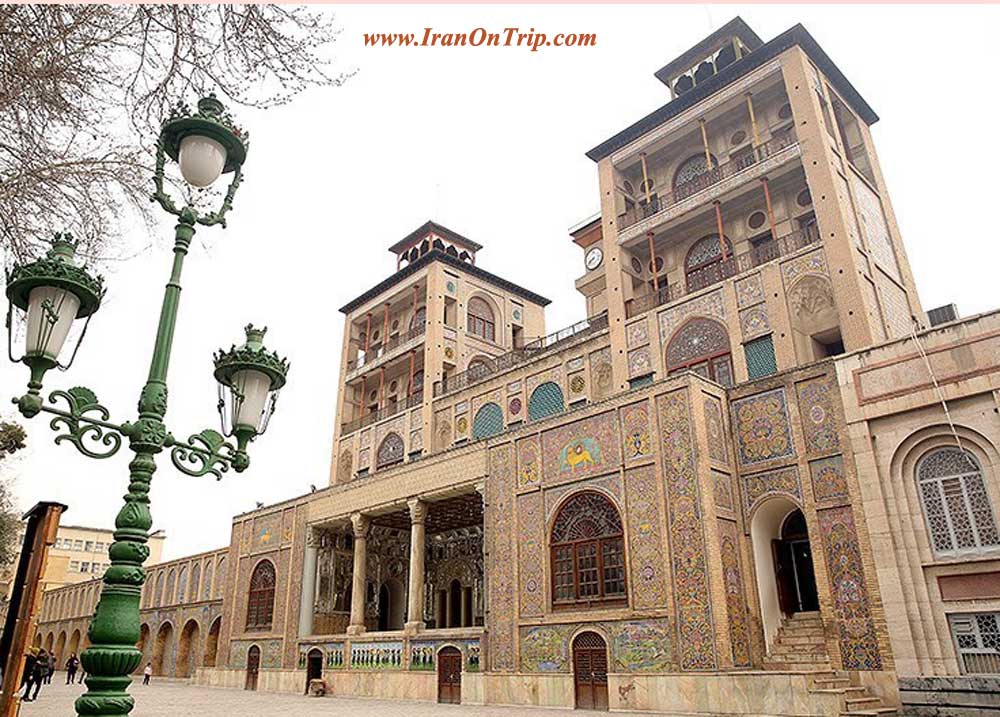
The oldest of the historic monuments in Tehran, The Golestan Palace (Palace of Flowers) belongs to a group of royal buildings that were once enclosed within the mud-thatched walls of Tehran’s Historic Arg (citadel).The Arg was built during the reign of Tahmasb I (r. 1524-1576) of the Safaviddynasty (1502-1736), and was later renovated by Karim Khan Zand (r. 1750-1779). Agha Mohamd Khan Qajar (1742-1797) chose Tehran as his capital. The Arg became the site of the Qajar (1794-1925).Read more
Tehran’s Grand Bazaar

In Iran a bazaar is much more than just a place to stock up on a few essential shopping items.The bazaar encompasses more than 10km of covered stores and has several entrances.Traditionally, the Tehran bazaar was split into corridors, each specialising in different types of goods, including copper, carpets, paper, spices, and precious metals, as well as small traders selling all types of goods.Read more
Saadabad Palace

The Saadabad Palace (Persian: کاخ سعدآباد) is a palace built by the Pahlavi dynasty of Iran in the Shemiran area of Tehran and currently official residence of the President of Iran.The complex was first inhabited by Qajar monarchs and royal family in the 19th century. After an expansion of the compounds, Reza Shah lived there in the 1920s. And his son, Mohammad Reza Pahlavi moved there in the 1970s.After the Iranian Revolution, the complex became a museum.Read more
Niavaran Palace Complex

Niavaran Palace Complex (Persian: کاخ نیاوران) is a historical complex situated in the northern part of Tehran, Iran. It consists of several buildings and a museum. The Sahebqraniyeh Palace, from the time of Naser al-Din Shah of Qajar dynasty, is also inside this complex. The main Niavaran Palace, completed in 1968, was the primary residence of the last Shah, Mohammad Reza Pahlavi and the Imperial family until the Iranian Revolution.Read more
Baharestan Square

The name of a garden, public square, and complex of buildings in central Tehran, the main part of which presently forms the headquarters of an Islamic revolution militia, the Central Committee of the Islamic Revolution (Komita-ye Markazi-e Enqelab-e Eslamī); the southern section houses the Majles library.
The site was originally the property of Moḥammad-Ḥasan Khan Sardar iravani and was purchased by Ḥaji ʿAli Khan Eʿtemad-al-Saltana.Read more
Azadi Tower

Standing guard like a sentry at the gates of Tehran, Iran, is the impressive Azadi Tower (Freedom Tower), built in 1971 and comprised of eight thousand white marble blocks. A combination of both Islamic and Sassanid architectural styles, the fifty-foot high tower commemorates the formation of the Persian Empire and is an interesting combination of both modern and ancient cultures.Read more
Milad Tower

Milad Tower (Persian: برج میلاد), also known as Borj-e Milad or Tehran/Teheran Tower, is a 435 m-high (1,427 ft) multi-purpose Iranian concrete tower built in 2007 in between the Shahrak-e Gharb and Gisha districts of Tehran. As mentioned, it stands at 435 m (1,427 ft) from base to the tip of the antenna. The head consists of a large pod with 12 floors, the roof of which is at 315 m (1,033 ft). Below this is a staircase and elevators to reach the area.In terms of height records and ranks, Milad Tower is the sixth tallest tower in the world after the Canton Tower in Guangzhou, CN Tower in Toronto, Ostankino Tower in Moscow, the Oriental Pearl Tower in Shanghai, and the Tokyo Skytree. It is also the current 17th tallest freestanding structure in the world.Read more
Tochal Telecabin

Mount Tochal (Persian: توچال Tochal) is a mountain in the Alborz range and a ski resort adjacent to metropolitan Tehran, Iran. The mountain has a 12 km long ridgeline. The highest peak, also called Mount Tochal, is at an elevation of 3,964 m (13,005 feet) and at coordinates 35.88°N 51.42°E. Tochal is a popular recreational region for Tehran’s residents. A gondola lift, named Tochal Telecabin runs from Tehran to the Tochal Ski Resort and the modern Tochal Hotel, all as a part of Tochal Complex.Read more
Dizin Ski Resort

Dizin is one of the larger Iranian ski resorts in the Alborz mountain range, near Tehran and also the city of Karaj. It was established in 1969.
The ski season in Dizin lasts longer than in European ski resorts, from December to May, because of the resort’s high altitude. The highest ski lift reaches 3,600 m (11,800 ft), making it one of the 40 highest ski resorts in the world.Read more
Darband area

Darband was formerly a village close to Tajrish, Shemiran, and is now a neighbourhood inside Tehran’s city limits. It is the beginning of a very popular hiking trail into the Alborz mountain Tochal, which towers over Tehran. A chair lift is also available for those not interested in hiking.
The Persian word (دربند Darband) means gateway or door (dar) of the mountain (band, a variation of vand and fand, meaning mountain).Read more
Shemshak area

Shemshak is a village in Iran with a popular ski resort. It is situated to the north-east of Tehran in the Alborz mountain range.Shemshak is the second largest ski area in Iran after Dizin and came into operation in 1958. It includes two ski lifts, three dish teleskis and two Hammer teleskis. The slopes lie at an altitude of 2550m to 3050m above sea level. The resort includes two main slopes each with a chair lift that apex at the top and several lifts. There are also lighting facilities for night skiing.Read more
Birds Garden

Tehran Birds Garden
Reconciliation with Nature
Tehran’s bird garden is being launched in northeast Tehran. The project started last year and will end in the current Iranian calendar year (started March 21, 2012). It has thus far progressed 60 percent.80 hectares in Lavizan Park has been set aside for recreation, tourism and cultural activities of which 20 hectares will turn into bird garden.Read more
Shah-Abdol-Azim shrine

The Shah Abdol Azīm Shrine (Persian: شاه عبدالعظیم), located in Rey, Iran, contains the tomb of: ‘Abdul ‘Adhim ibn ‘Abdillāh al-Hasanī (aka. Shah Abdol Azim). Shah Abdol Azim was a fifth generation descendant of Hasan ibn ‘Ali and a companion of Muhammad al-Taqi. He was entombed here after his death in the 9th century. Read more
Imam Khomeini’s shrine

The Mausoleum of Ayatollah Khomeini houses the tomb of Ruhollah Moosavi Khomeini and Ahmad Khomeini, his second son who died in 1995. It is located to the south of Tehran in the Behesht-e Zahra (the Paradise of Zahra) cemetery. Construction commenced in 1989 following Khomeini’s death on June 3 of that year. It is still under construction, but when completed will be the centerpiece in a complex spread over 5,000 acres (20 km2)Read more
Tugrul Tower

Tugrul Tower (also transliterated Toghrul, Tughrol, or Tughrul) is a 12th-century monument, located in the city of Rey, Iran. Tugrul Tower is near Rashkan castle.The 20 meters tall brick tower is the tomb of Seljuk ruler Tuğrul Beg, who died in Rey in 1063. Originally, like other monuments of its time, it was capped by a conical dome (گنبد, gonbad), which would have added to its height. The dome collapsed during an earthquake.Read more
Saint Sarkis Cathedral

Saint Sarkis Cathedral is an Armenian Apostolic church in Tehran, Iran.The construction of St. Sarkis Church in Tehran began from 1964 and was complete by 1970. The church was built by Sarkisian brothers in memory of their parents.Read more
St. Vartanants Church

St. Vartanants Church “Serpots Vartanants” in Armenian was established in 1986 and was anointed as an Armenian Apostolic Orthodox Church in 1987 at Tehran. St. Vartanants Church is the last Armenian or Christian church which was built in Iran.Read more
St. Nicholas Church

St. Nicholas Orthodox Church is a Russian Orthodox church in Tehran, Iran.At the end of the 16th century a monk Nicephorus, founded the first Russian parish on the land of Persia. A Russian spiritual mission was operating in Iran by the beginning of the 20th century.Read more
Saint Abraham’s Church

Saint Abraham’s Church (Persian: کلیسای حضرت ابراهیم} is a Dominican catholic church in Tehran, Iran.Rosary House In 1962 the Vatican asked the Dominican Order to come once again to Iran. The Dominican Province of Ireland agreed to establish a community in Tehran.Read more
The Roof of Tehran; Panorama of Iranian Modernity

If you are in love with hiking and mountains, there is no way easier for you than to park your car down in the Tochal parking lot and take the walk in the beautiful road to the first station of Tochal Telecabin and the Baam-e Tehran!
Baam-e Tehran aka “the roof of Tehran” is located at the end of Velenjak street. But end of Velenjak street is only to start. The complex starts from Velenjak at the height of 1830…Read more


